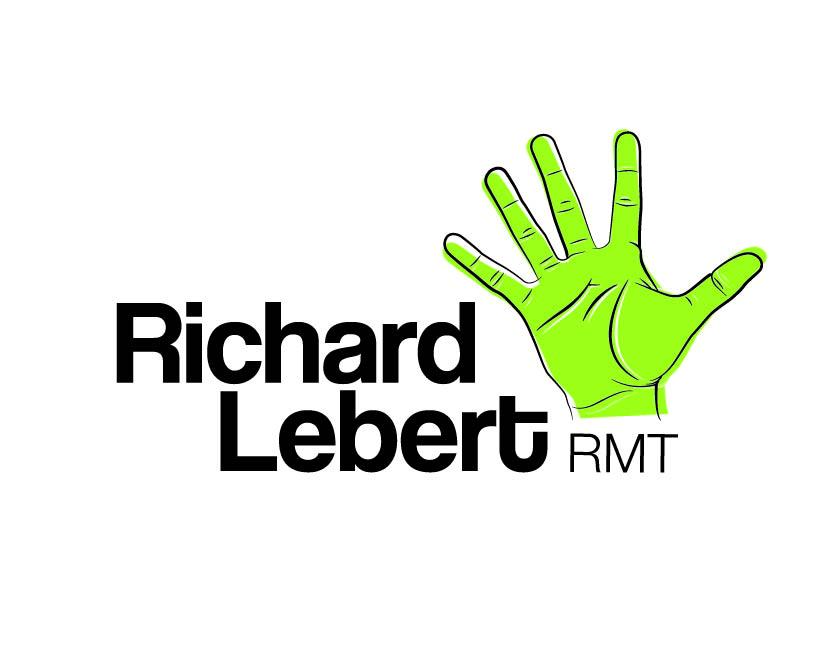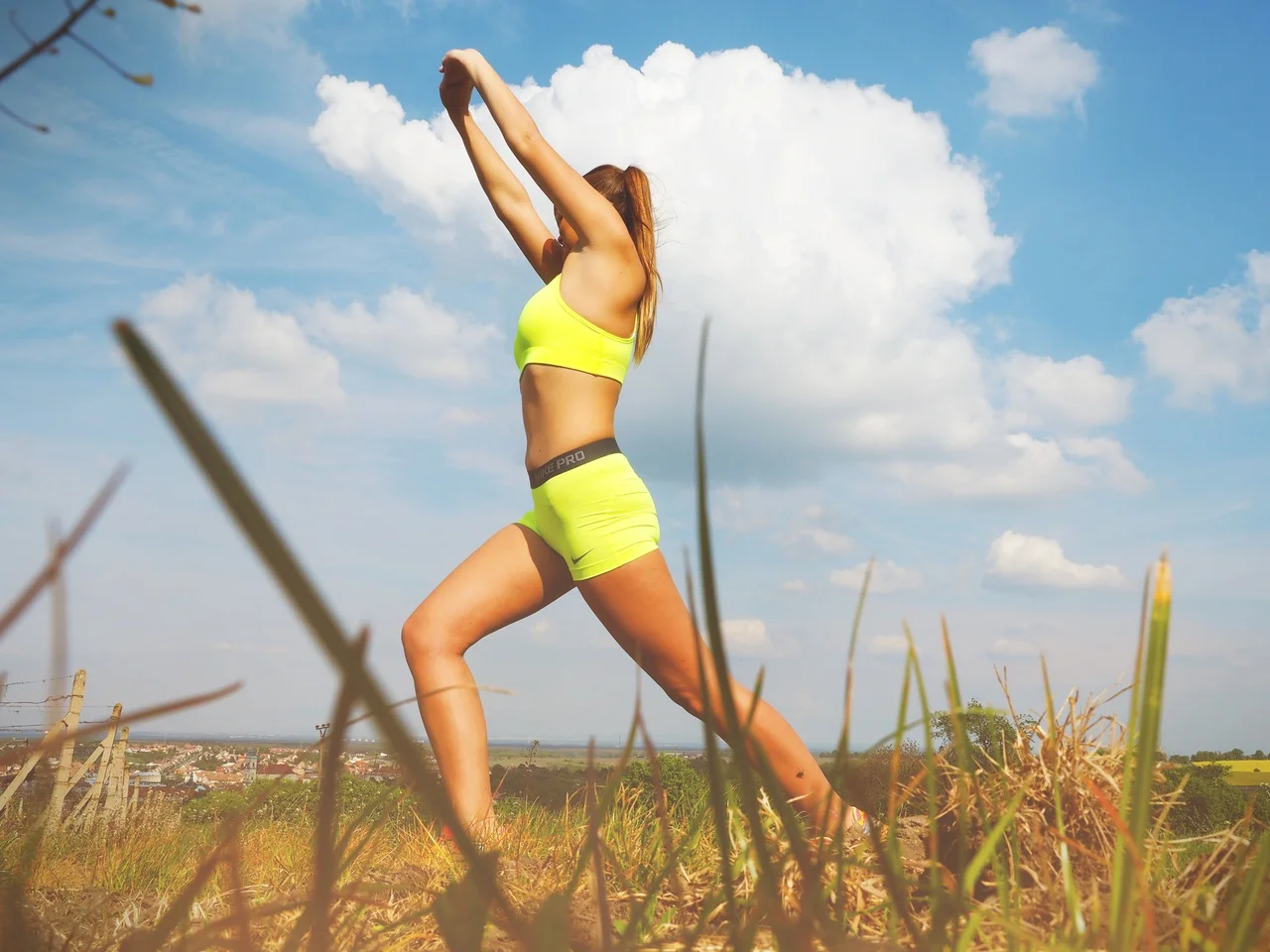The effects of plantar short foot muscles exercises on long-distance runners
/The plantar intrinsic foot muscles play a crucial role in supporting the medial longitudinal arch, providing the foot stability and flexibility for shock absorption.
Researchers suggest that when intrinsic foot muscles fatigue, there people may move more easily into the pronated position. This excessive pronation, may cause overloading of the knee joint or may be the cause of other changes in proximal part of the lower extremity.
Read More






